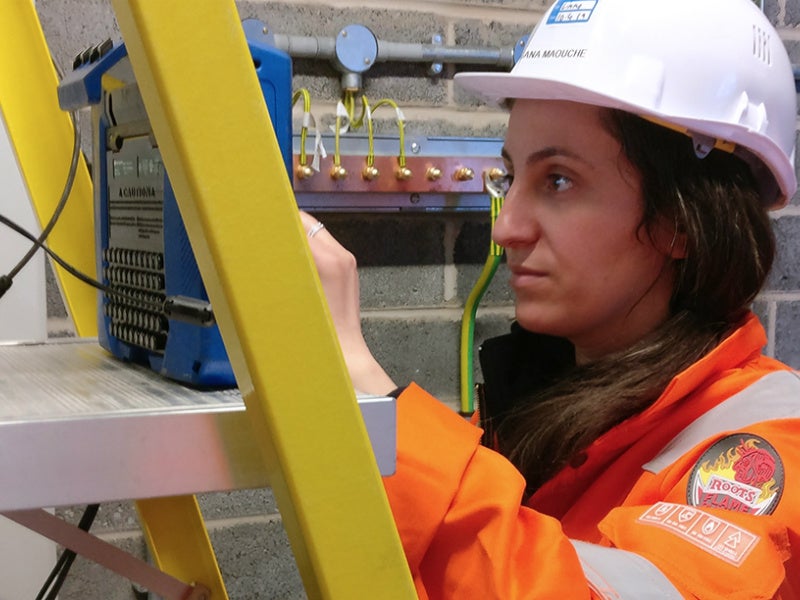
At the end of 2017, Eurailtest submitted a bid in response to the invitation to tender issued by the Alstom, TSO, Costain Group joint venture to provide a complete service package using the skills and competencies of its main test laboratories, for the tests on the 21km of the line routed underground.
The Crossrail project kicked off in 2009 under the leadership of a joint venture comprising Alstom, TSO and Costain Group. The project has a total price tag of £14bn, in other words, some €16.2bn, and consists of building a new railway line across London along similar lines to the Grand Paris Express. Crossrail involves building 118km of new tunnel, including 21km under central London, with a connection to Heathrow Airport, the overall purpose being o relieve congestion on London’s legacy network and create new interchange possibilities.
Tests comprised four stages. A first test series of tests at end 2017 on overhead contact line geometry. The second series of overhead line uplift measurements was carried out in June 2018, conducted by the test and measurement department of SNCF Réseau, a Eurailtest partner.
A third test campaign that is currently in progress (May / June 2019) consisting of speed ramp-up tests performed by Eurailtest partner laboratory, the SNCF Mobilités Railway Test Agency (AEF). Tests concern the current collection, pantograph-OHL interaction and dynamic behaviour of trains on the track.
At the same time, return traction current tests are being performed by the test and measurement department of RATP, Eurailtest’s third partner in this operation. The aim is to establish the behaviour of the current absorbed and rejected by the train.
To carry out these test services, Eurailtest organised its project functions around the customer’s express requirements in coordinating the operations of the different teams. With its partners, Eurailtest had ample opportunity to demonstrate its flexibility and adaptability.
From a logistics perspective, several trips had to be made to the UK and operations carefully timed to fit in with the overall timelines proposed by the client.
Technically the teams had to adapt to UK rail sector specifics. For example, the metrics, driving methods and language used for exchanges during tests in the driver’s cab or even the conditions for acceding to the existing network required discussions among all project protagonists to cater to railway cultural differences.
Eurailtest’s role is that of demonstrating system compliance through accredited tests and measurements. This will enable test results to be submitted to the validation authorities to obtain the green light for line commissioning and first revenue service operations.

